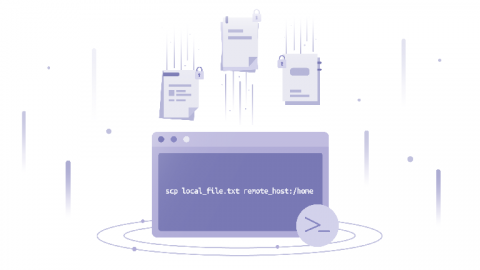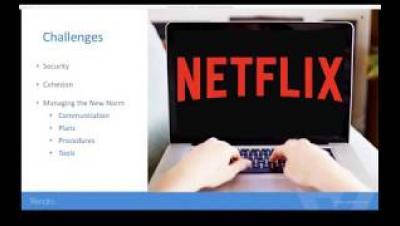Why right now is the best time to assess your cyber response to COVID-19
The initial response to the COVID-19 pandemic put cybersecurity programs to the test. While organizations quickly rolled out business continuity plans to transition workers from the office to the home and to migrate business online to keep customers and supply chains moving, cybersecurity leaders have worked to help keep the business protected from an onslaught of cyber threats designed to prey on the disruption and uncertainty caused by COVID-19.









